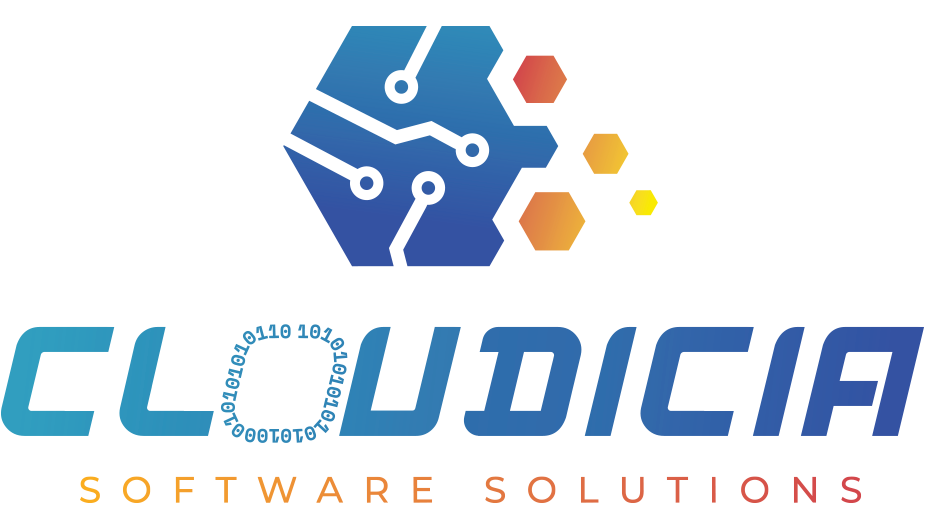How AI is Reshaping Transformer Monitoring
Introduction
Electrical transformers are crucial components in power distribution, ensuring a stable and uninterrupted electricity supply. However, traditional transformer maintenance methods often fail to detect issues early, leading to unexpected failures, costly repairs, and power outages. Artificial Intelligence (AI) is now transforming transformer monitoring by offering real-time insights, predictive analytics, and proactive maintenance strategies.
Challenges of Traditional Transformer Monitoring
Traditional transformer maintenance follows a time-based approach, where inspections and servicing occur at fixed intervals. However, this method has significant drawbacks:
- Delayed Fault Detection – Many issues, like insulation degradation and overheating, develop gradually and remain unnoticed until they cause failures.
- Unnecessary Maintenance – Regular scheduled maintenance can lead to servicing of transformers that don’t require attention, increasing costs.
- Limited Real-Time Monitoring – Manual inspections rely on periodic checks, making transformers vulnerable between inspections.
To overcome these challenges, AI-driven transformer monitoring solutions like TransMonix are enabling smarter, data-driven maintenance.
How AI is Transforming Transformer Monitoring
AI-powered transformer monitoring systems leverage IoT sensors, real-time analytics, and machine learning algorithms to detect faults before they escalate. Here’s how AI is making an impact:
1. Real-Time Data Collection & Analysis
AI-based systems continuously collect and analyze critical transformer parameters, including:
- Voltage and current levels
- Oil temperature and winding temperature
- Load conditions and frequency variations
- Oil quality and moisture levels
Machine learning models process this data to identify patterns, anomalies, and early failure indicators.
2. Predictive Maintenance with AI-Based Analytics
Instead of relying on scheduled maintenance, AI enables predictive maintenance by detecting:
- Insulation wear and degradation trends
- Overheating risks and cooling inefficiencies
- Oil leakage probabilities
- Bushing and winding failures
This condition-based monitoring ensures maintenance efforts focus on high-risk transformers, reducing costs and downtime.
3. Instant Alerts & Remote Monitoring
AI-driven monitoring systems like TransMonix transmit real-time transformer data to the cloud, allowing maintenance teams to access insights remotely. Instant alerts notify technicians of:
- Temperature spikes
- Voltage fluctuations
- Oil contamination or leaks
These proactive notifications prevent failures before they occur, improving transformer reliability.
4. Increased Efficiency & Extended Lifespan
By continuously monitoring transformer health, AI-driven solutions:
- Optimize performance by ensuring balanced loads and proper cooling.
- Extend transformer lifespan by preventing overheating and insulation damage.
- Reduce manual inspections, allowing maintenance teams to focus on critical transformers instead of routine checks.
Cloud-native architecture enablesagility, scalability, and resiliencefor businesses
The Future of AI in Transformer Monitoring
-
AI-driven transformer monitoring will continue evolving with advanced capabilities, such as:
- Automated fault diagnosis using AI-powered image recognition.
- Self-healing transformers that adjust parameters to mitigate detected issues.
- Integration with digital twins, enabling simulations to predict and prevent failures.
Conclusion
AI is revolutionizing transformer monitoring by enhancing reliability, reducing failures, and optimizing maintenance strategies. With real-time data, predictive analytics, and remote monitoring, AI-driven solutions like TransMonix ensure efficient, proactive transformer management.
Investing in AI-powered predictive maintenance today means a more cost-effective, failure-resistant, and reliable power distribution network for the future.








